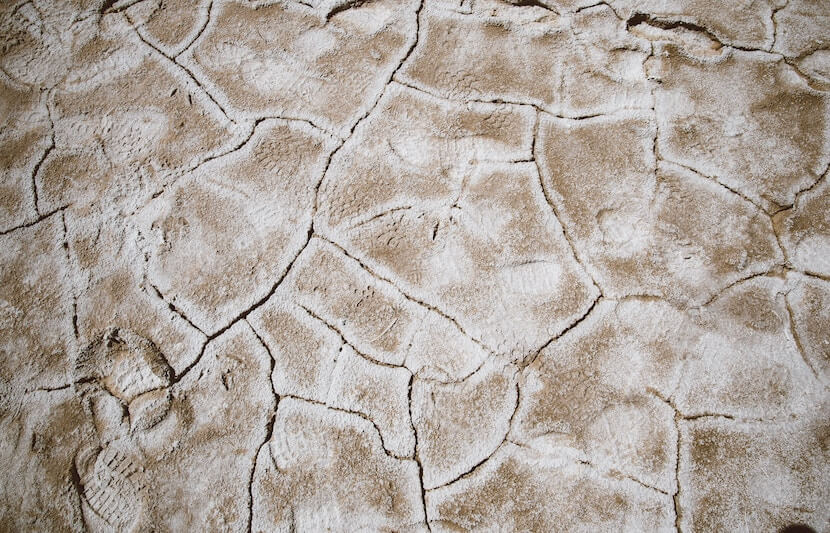Extreme heat events are happening more often in the summer and winter across the U.S. and Canada, while extreme cold events are declining, a new study shows.
These out-of-place hot spells could have many negative impacts on the environment, agriculture and human health.
In the study, researchers from Kent State University looked at the trends and frequency of extreme weather events in North America throughout every year since 1980.
They examined both absolute extreme temperatures — the highest and lowest temperatures recorded in a summer or winter — and relative extreme temperature events — unusually hot or cold temperatures throughout the year, like a random 85-degree March day in New York.
This study is one of the first to recognize relative extreme temperature events.
“Typically for this kind of research we look at the highest temperatures in the summer and lowest temperatures in the winter,” Scott Sheridan, a professor in the Department of Geography at Kent State and lead author of the study, said in a statement.
“But we’ve also seen that extreme temperatures that are really anomalous for the time of year can have a high impact — these relative extremes are important and underappreciated,” he continued.
The researchers found that both relative and extreme heat events have become more common across the U.S. and Canada since 1980, especially in the Ozarks, southern Arizona and northern Quebec. This proves that more extremely hot days are occurring during the summer and in the months hot days aren’t expected.
They also determined that extremely cold days are occurring less often year-round, primarily in Alaska, northern Canada and patches of the U.S. Atlantic Coast.
These measurements of temperature extremes should not to be confused with those used to assess climate change, which show the rise in average global surface temperatures each year.
According to the researchers, temperature extremes can pose an even greater risk to ecosystems and the environment than average warming.
Impacts of extreme heat
The researchers found that on the eastern half of the U.S., relative extreme heat events can happen even in mid-winter and early spring.
In parts of the Arctic, extreme cold events have become nearly non-existent, according to the researchers.
“Relative temperature anomalies can trigger what are called phenological mismatches, where a mismatch in the temperature and the season can cause trees to bloom too early and birds and insects to migrate before there is appropriate food,” Sheridan said in a statement.
In March of 2012, a warm event produced a “false spring” that caused vegetation to leave dormancy too early and then be killed by later frosts.
Extreme heat events can also hurt humans, especially the elderly, children and people with health problems and disabilities, whose bodies have not acclimated to warmer weather.
What can be done?
The study highlights the importance of recognizing relative extreme temperatures in addition to high temperatures in the summer, suggested Kristie Ebi, a professor of environmental and occupational health sciences at the University of Washington, who was not involved in the study.
“Using information generated in the study on regional patterns in extreme weather events, particularly relative extremes in temperature, we could issue early warnings so that people would know what to do to protect themselves, protect crops, and protect ecosystems,” Ebi continued.



